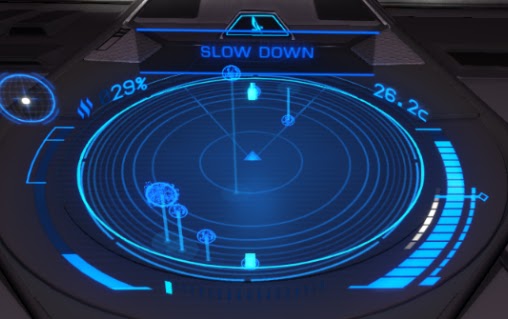I recommend that new pilots LEARN TO DOCK IN THE SLOTS. It is a coming of age ritual that you should have to experience. Just do it. Yes, it's embarrassing. The docking control operators will make fun of you. I took about five minutes just to get through the damn slot the first time I tried to dock my Sidewinder. The next day I found a stenciled outline of a mail slot with a red 'X' over it painted on the hull near my hatch.
Inside the cockpit I found a box of adult diapers.

You never know when you might find yourself in a ship that does not yet have a docking computer, so you need to be prepared. Stick with it until you can do it. It's the responsible thing to do for your ship, and, if your ship is big enough, for the passengers you might carry who do not respond well to hull damage.
Some recommendations for good manual docking:
1.
Slow down. You need a little speed just to match the station's velocity as you approach the slot and rotate to line up with it. You have to keep rotating your ship to match the station's rotation rate. As soon as you get lined up and into the slot itself, throttle back. A slower approach to your pad is going to give you time to line up.
2.
Deploy your landing gear. That's right. I said it. Kind of hard to land without the gear. Deploying gear also helps you
slow down.
3.
Just use roll thrusters to line up. As soon as you clear the slot, find your landing pad, and use your roll stick to align the bottom of your ship to the pad. Try not to pitch up or down yet. If you don't see your pad number right away when you enter the station, pop out to the camera suite and see if it is below your line of sight. Then pop back in and make adjustments.
4.
Use vertical jets to lower the ship down. As you approach the pad, use your vertical jets to move the ship straight down toward the pad, rather than pitching the nose down. If you have only used your roll and vertical thrusters, your alignment to the pad should be in pretty good shape at this point. Some cockpits don't provide a downward view, so a little pitch forward might be necessary to see where you are going. (or the camera suite)
5.
Slow down some more. When you are over the pad, you should be moving very slowly as you move forward and down.
6.
Use the docking HUD. The docking HUD kicks in when you get close and shows your ship's alignment to the docking pad, along with the bulls eye for hitting the mark. It is very helpful. If you hit the deck, but have gone too far and missed the mark, just go with the embarrassing sizzle-slide on the deck.
That's right, bitches. Just testin' my shields. Nothin' to see here. Reverse your thrusters and try to slide back to the bulls eye to lock in the landing.
After you are able to dock without embarrassment, buy yourself a docking computer.
There are plenty of pilots who scoff at those of us who use docking computers. Ignore them.
A docking computer is cheap, and if you are not good at docking, it will save you time.
Objections pilots give to using docking computer:
- It takes up a valuable internal ship slot. True. If you don't have space for it, don't buy one.
- It wastes time, especially in high traffic systems. Yes, if you continually go to a station with a high volume of traffic, then your docking computer obediently puts you in the queue. If you want to be impatient, you can always keep the throttle set at speed and guide the ship in the slot yourself. The docking computer only takes over at zero throttle.
Version 2.4 Update: If you have not tried the docking computer since 2.4 was released, you might want to revisit it. It is MUCH FASTER at putting ships on the deck now. My current docking method is to request docking, but keep the throttle up and pilot manually into the slot. This helps avoid any queue delays that might happen. Then I throttle back once I'm in the station and the docking computer gets the ship landed faster than I could manually.
With my Voice Attack interface, I get within 7.5 clicks of a station, then just say two commands to Eden:
1. "Request docking" [wait for confirmation and pad number]
2. "Stop engines."
When you throttle back the engines to zero, the docking computer takes over. While the computer takes care of getting me into the station, I can enter the camera suite to get nice views of my ship entering the slot and landing. Or I can look at my pilot stats, or research my next mission. It also gives me time to take a quick piss before I let the passengers out of their cabins and fawn over them as they exit my ship. Got to have those good pilot reviews on Galnet.





































